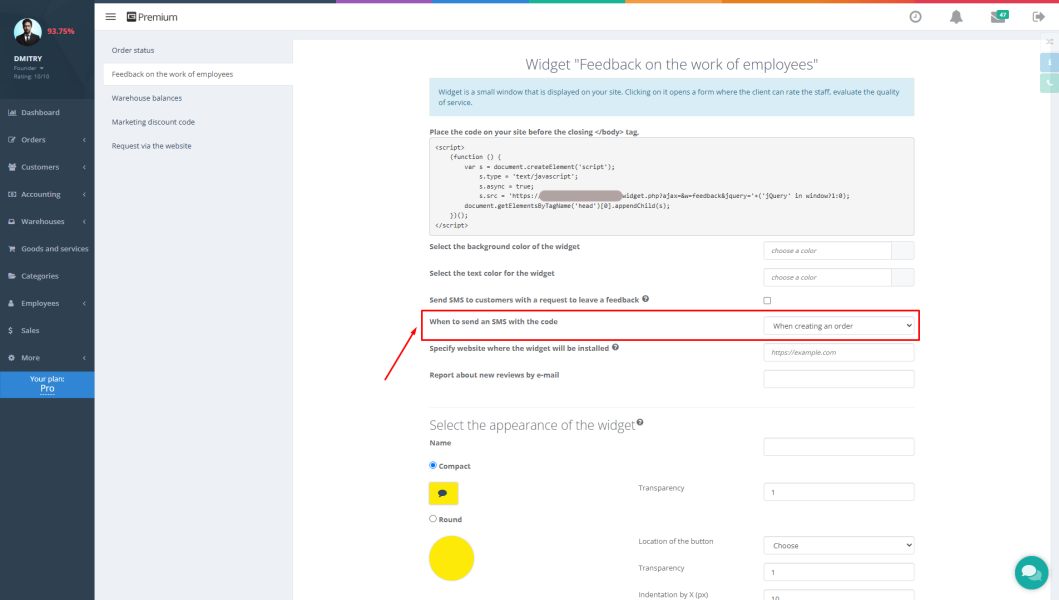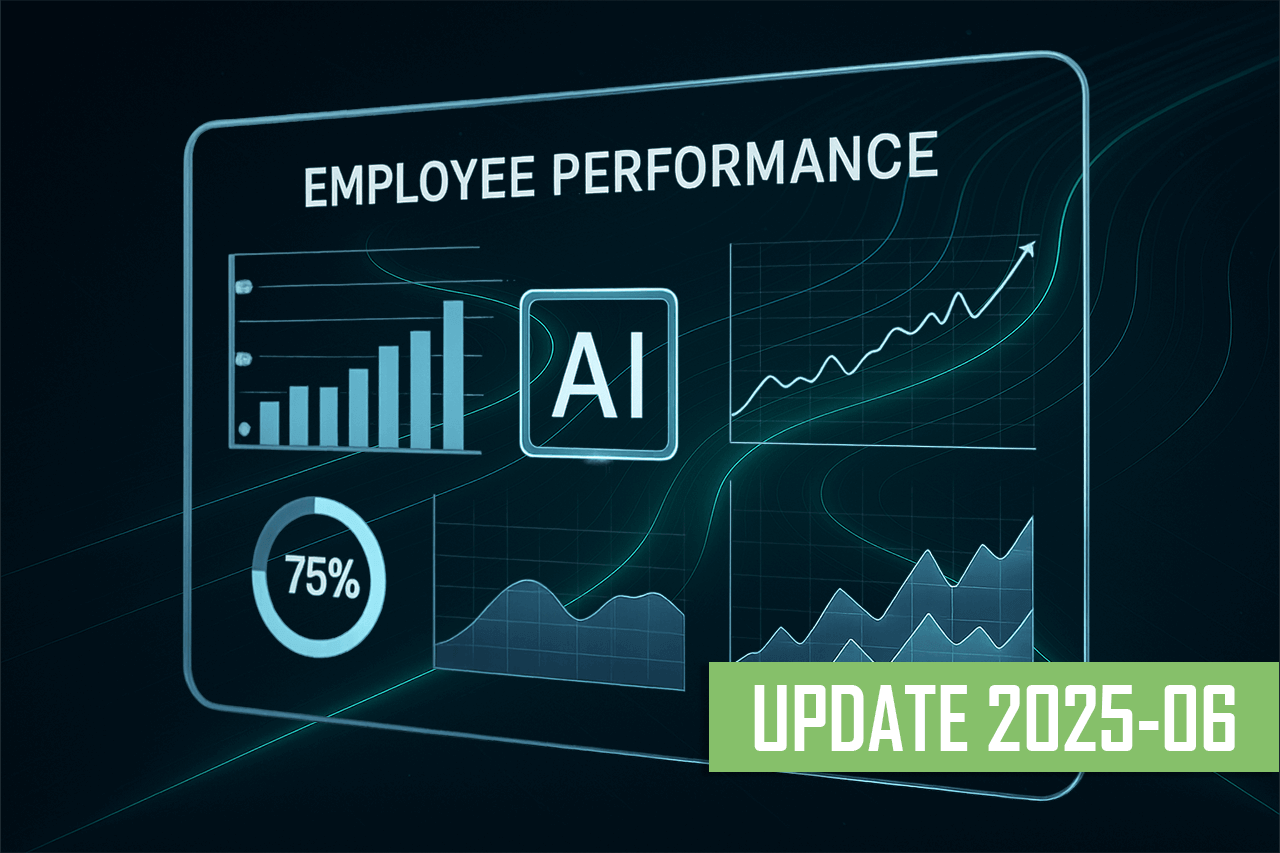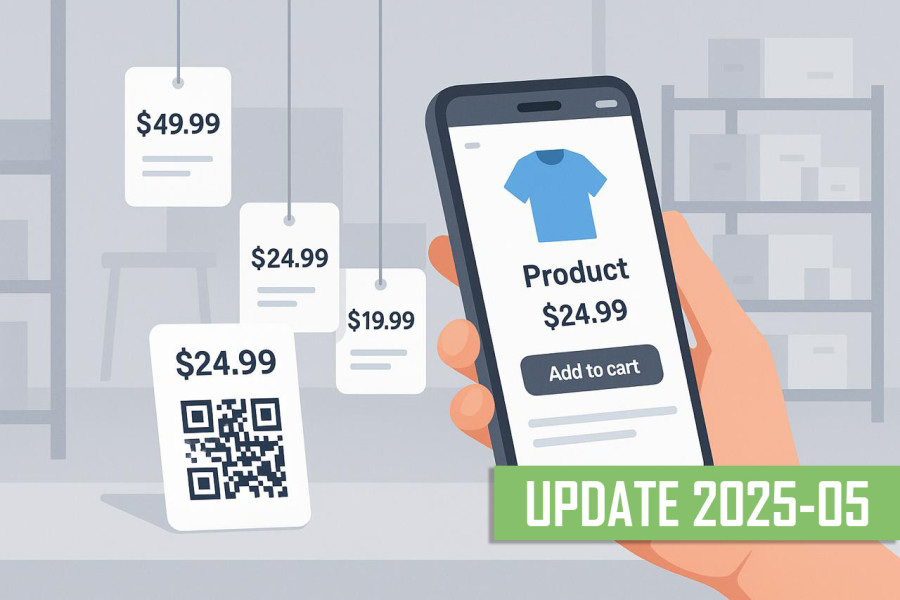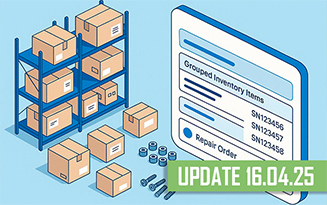Owners of service centers and manufacturing companies know that complex jobs often require the involvement of several specialists. One technician handles hardware repair, another manages software configuration, and a third performs diagnostics. In such situations, how do you track who completed what volume of work and calculate their pay fairly? Service center automation with Gincore solves this problem by offering a convenient feature for assigning multiple performers to a single job.
This feature fundamentally changes the approach to managing complex projects, ensuring transparency and boosting team motivation. Let’s take a closer look at how it works and what advantages it offers your business.
Purpose of the Feature: Why Do You Need It?
The main goal of this feature is to provide the flexibility to distribute tasks within a single job among different employees. This is especially relevant when a repair or service requires specialists with different skills.
Imagine repairing a modern smartphone: one engineer replaces a broken screen, while another restores the software. Or in a car repair shop: one technician works on the engine, and another on the vehicle’s electrical system. This feature allows you to clearly record that each of these tasks was performed by a specific technician.
Features and Benefits
Using this Gincore feature provides a business with several significant advantages, making workflows more controlled and efficient.
Key Features:
- Assign a lead performer: You can specify a main technician responsible for the job as a whole.
- Detailed task distribution: You can assign a specific performer for each individual task or service within the job.
Main Benefits:
- Transparent work tracking: You always know exactly which employee performed which task. This eliminates confusion and disputes.
- Fair payroll calculation: The feature is the basis for a piece-rate or variable pay system. A technician is compensated for the specific work they performed, not an average percentage of the entire job. This is one of the most progressive ways to motivate staff.
- Increased employee motivation: When pay is directly linked to completed tasks, technicians are incentivized to work better and more efficiently.
- Business process optimization: It simplifies the analysis of specialist workloads and resource planning for future jobs.
Gincore Step-by-Step Guide: How to Assign Multiple Technicians
Setting up and using this feature is very simple. Follow this step-by-step guide.
Step 1: Open the Job and Add Tasks
Go to the relevant repair job card and add a list of all the tasks that need to be performed.
Step 2: Assign Performers to Each Task
Next to each added task, you will see a “Technician” icon.
- By default, the icon is gray: This means the task is performed by the same technician listed as the lead for the entire job.
- Assigning a different technician: Click on the icon and select another employee from the list. The icon will then turn color, indicating that a separate performer has been assigned to this task.
Step 3: Configure the Payroll Calculation Method
For the system to automatically calculate payroll based on completed tasks, you need to select a variable pay method for your employees.
- Go to “More” → “Employees”.
- Open the profile of the desired employee.
- Choose a variable pay method: “Percentage of product/service sale” or “Fixed fee”.
Step 4: Generate the Payroll Report
To view the calculations, go to “Accounting” → “Reports” → “Payroll”. Apply a filter for the required engineer. The report will display only the tasks where they were listed as the performer and the payroll calculated for them.
Use Case Examples
The flexibility of this feature allows it to be used in a wide variety of fields:
- Electronics Repair: One specialist performs hardware repair (e.g., screen replacement), while another handles software issues (reflashing).
- Auto Service: A mechanic works on the chassis, while an electrician handles the onboard computer within a single work order.
- Furniture Manufacturing: One worker assembles the frame, while another installs fittings and fronts.
In all these cases, Gincore will help you accurately track each employee's contribution and reward them fairly.
Tips and Tricks
- Use service categories. To avoid setting up payment for each service manually, you can set a percentage or a fixed rate for an entire category of work (e.g., “Software Repair”). If a specific service doesn't have its own rate, the system will use the value from the category.
- Combine calculation methods. Gincore allows for flexible payment system configurations. You can use piece-rate pay for engineers and a classic percentage of profit for sales managers.
- Analyze reports. Regularly review payroll reports with your employees. This builds trust and allows you to promptly address any questions that may arise.
FAQ
What happens if I don't assign a technician to an individual task?
In this case, the work will be automatically credited to the lead technician who is specified in the job header.
Which payroll method is better: a percentage of the job or payment per task?
This depends on the specifics of your business. Piece-rate pay (per task) is excellent for motivating specialists in companies with complex, multi-stage jobs. A classic percentage of profit is simpler to calculate but may not be as effective in stimulating individual performance.
Will the cost of spare parts be included in the technician's payroll calculation?
With the variable pay method, an engineer's salary is calculated only on the value of the services they provided. The cost of used spare parts is not included in their compensation calculation.
Conclusion
The feature for assigning multiple technicians to a single job in Gincore is a powerful tool for automating a service center and any other business where teamwork is crucial. It provides full control over task execution, creates a transparent and fair motivation system, and significantly simplifies payroll calculation.
By implementing this functionality, you will not only streamline your accounting but also increase the loyalty and productivity of your employees.

.png)











